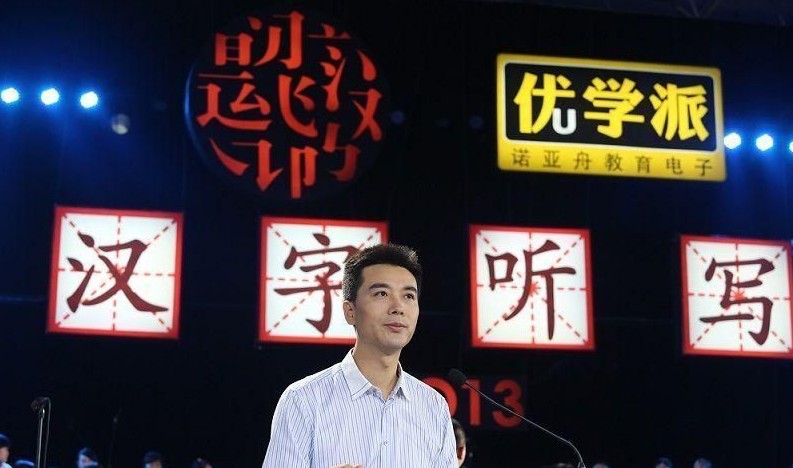ZHANG LIHONG: Chinese characters act as carriers of culture

On Chinese Characters Transcribing Competition, contestants are required to write the character from memory for words.
On the Chinese Characters Transcription Competition, a cultural show that airs weekly on China Central Television (CCTV), contestants are required to write the character from memory for words that are read aloud. Language experts serve as judges while CCTV hosts read the characters to the contestants. After running for three years and attracting a growing number of contestants, the show is gaining more attention, reflecting a nostalgia for traditional culture.
There are many ways a nation’s traditional culture can be transmitted, but choosing the correct cultural vehicle is essential. While other culture carriers, including regional customs, geography and food, greatly depend on actual experience, languages, or in this case, Chinese characters, have unique advantages.
Language in itself is a cultural phenomenon. However, its role in a culture is that of a carrier. Language is not only a carrier of information but also of culture. Compared with other carriers, it has a number of advantages: It can transcend time and space, it is an inexhaustible resource, and it has its own system as a cultural carrier.
Moreover, language has structures. Therefore, its function as a cultural carrier is manifested in different layers of the structure: writing, sound, vocabulary and linguistic works as well as other phenomena derived from language, such as calligraphy, paper-cutting or even dance and painting.There are also public concerns about the form of the transcription contest. Some worry that the content of the program actually encourage parents, teachers and students to focus on the rote memorization of characters, which is a style of teaching that is often criticized. However, every educational idea stems from its cultural background. Educational reform is closely related to improving cultural deposits of the public. They are supplementary rather than contradictory.
The cultural idea reflected in the program is the opposite of mechanical memorization. Chinese characters, as a cultural carrier, have a logical connection with the cultural information they contain. Transcribing characters is based on logic rather than simple memorization. In fact, a connection exists between any cultural carrier and the information it embodies, and it is an important key to unlocking a nation’s cultural secrets.
Therefore, any kind of transcription contest, whether it focuses on Chinese characters, idioms, poems or puzzles, is not directed at mechanical memorization. On the contrary, this kind of competition may offer a more rational approach to pedagogy neglected in primary and middle schools.
Zhang Lihong is from Heilongjiang University.
